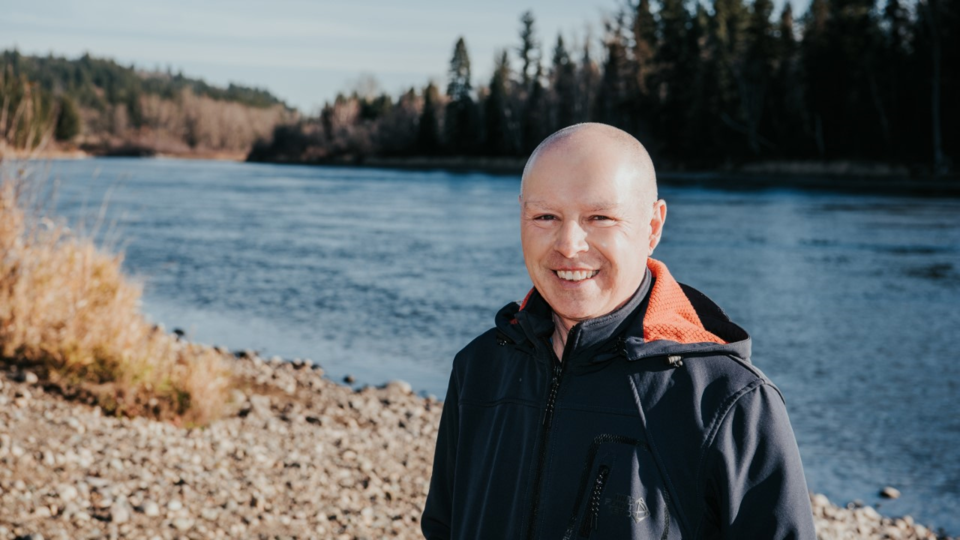A University of Northern British Columbia research team is now one year into a wide-ranging study of the Nechako Watershed.
Led by environmental sciences professor Dr. Stephen Déry, the five-year, $1.5-million project began on July 1, 2019 and was was officially launched at a public event on Nov. 4, 2019.
Last summer and fall, they completed a pilot project to monitor water temperatures at eight sites across the watershed.
This summer, more data loggers will be added including along the Stuart River system, one of the Nechako River's primary tributaries. The data will allow researchers to compare the regulated Nechako with the unregulated Stuart.
The team has also mapped out locations for 10 rainfall gauges and additional water temperature loggers and calibrated all of the equipment to be deployed during this summer's field season. The gauges, also known as tipping buckets, will measure the difference in precipitation from the wet Coast Mountains at the headwaters of the Nechako River to the drier Interior Plateau.
The loggers will provide data on how the river temperatures change over time and what impact that could have on aquatic species including chinook and sockeye salmon as well as the Nechako white sturgeon.
Also this summer, the team will install a comprehensive weather station at Mount Sweeney, more than 130 kilometres southwest of Houston, to monitor storms in the upper watershed.
The station is equipped with sensors to measure and record temperature, relative humidity, snow depth, wind speed/direction, incoming solar radiation and barometric pressure.
Results collected from all of these sites, along with computer models currently in development will be shared with communities across northern B.C.
Rio Tinto is taking a big interest in the work which officials have said will help the company make better decisions about when and how much water to release from the Nechako Reservoir, created in the 1950s when the river was reversed to produce electricity for its Kitimat BC Works aluminum smelter.
The company will contribute as much as half the total funding while the Natural Sciences and Engineering Research Council of Canada is providing the rest through its Industrial Research Chair program.
Rio Tinto's BC Works general manager Affonso Bizon said the smelter has just reduced its overall environmental impact by 50 per cent and has one of the lowest carbon footprints among those types of operations in the world.

.png;w=120;h=80;mode=crop)

